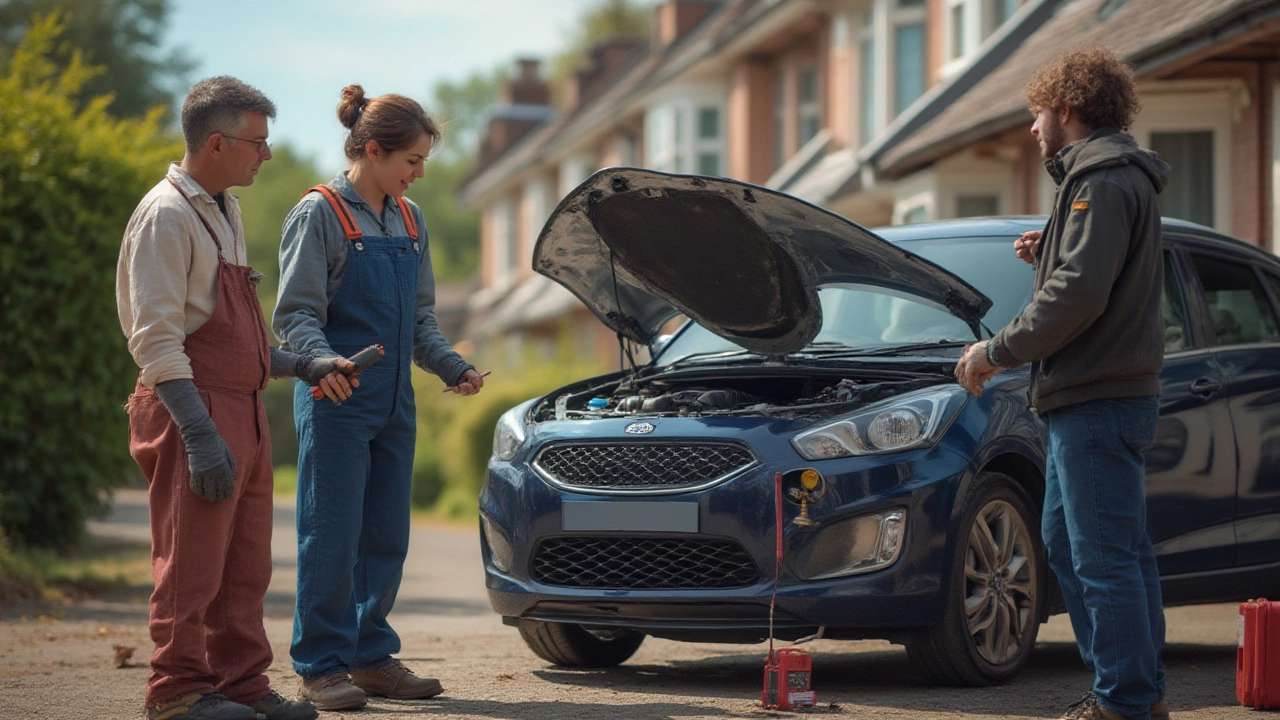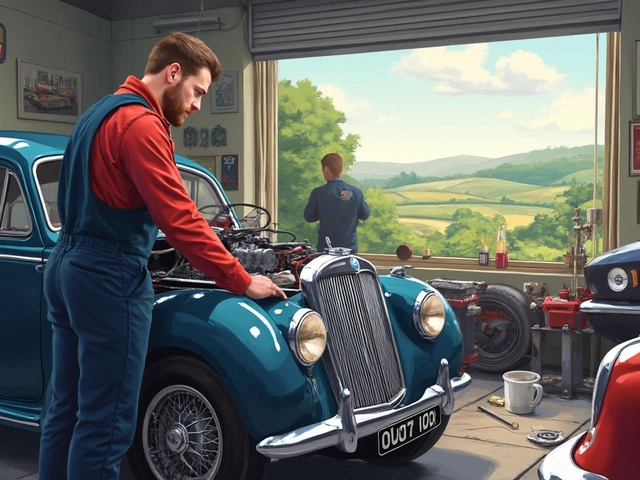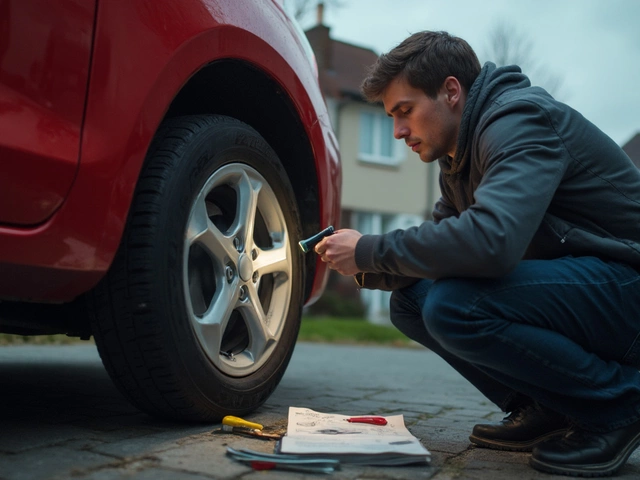Car Fuel System – How It Works and Simple Fixes
Every time you press the accelerator, the fuel system is doing its job. If anything goes wrong, you’ll feel a stumble, a loss of power, or a complete stall. Understanding the basics helps you catch issues early and saves you money.
Key Parts of the Fuel System
The heart of the system is the fuel tank, where gasoline sits until it’s needed. From there, a fuel pump pushes the fuel through a high‑pressure line to the fuel filter. The filter catches dirt and rust, keeping the engine clean.
Next, the fuel injectors spray a fine mist into each cylinder. They are timed by the engine control unit (ECU) so the right amount of fuel meets the right amount of air. Bad injectors cause rough idle, hard starts, and higher fuel use.
Spark plugs ignite the fuel‑air mix. Even a tiny gap in a plug can lead to misfires, loss of power, and extra emissions. Replacing plugs at the right interval keeps the engine running smooth.
Common Issues and DIY Checks
One of the first things to check is fuel pressure. If the pump is weak, you’ll notice a drop in power when you’re climbing a hill. A simple pressure gauge can tell you if the numbers are within spec.
Look at the fuel filter every 20‑30 000 miles. A clogged filter makes the pump work harder and can cause premature wear. Swapping it out is quick and cheap.
Injectors often get dirty from fuel additives or debris. A spray‑cleaner kit can clear deposits, but if the engine still runs rough after cleaning, the injector may need replacement.
When spark plugs are fouled, they look black, oily, or have a worn tip. They’re easy to pull out with a socket and replace in a few minutes. Use the correct heat range for your engine.
Don’t forget the ground strap. A loose or corroded ground can mimic fuel problems, causing the ECU to misread sensor data. Tightening the strap often solves odd stutters.
If you notice a strong fuel smell after parking, there could be a leak in the fuel line or a loose connection. Check the line for cracks and tighten any fittings.
When the check engine light flashes, store the code with a scanner. Codes like P0300 (random misfire) or P0171 (lean condition) point directly to fuel or spark issues.
Regular maintenance, like using quality fuel and keeping the tank at least a quarter full, reduces the chance of water entering the system. Water can cause corrosion and affect pump performance.
Finally, if you’re not comfortable working on the fuel system, a quick visit to a trusted garage can prevent bigger problems. At Northwich Tyres Centre we can check pressure, replace filters, and test injectors—all at a fair price.
Understanding these basics puts you in control. Spot a problem early, follow a simple check, and keep your car humming down the road.
 31 July 2025
31 July 2025
How to Test a Fuel Pump: Step-by-Step Guide for Accurate Diagnosis
Learn easy and accurate ways to test a fuel pump, spot warning signs, and choose the best tools. Find real tips from pros and spot-on advice for any skill level.
 24 November 2024
24 November 2024
Signs Your Car's Fuel Pump Is Failing: What to Watch Out For
This article explores the telltale signs indicating your car's fuel pump may be failing. From unusual noises to starting issues, recognizing these symptoms early can prevent inconvenient breakdowns. Understanding how the fuel pump affects your vehicle's performance will keep you ahead of potential problems. Learn practical tips to maintain your fuel pump's health and ensure your car runs smoothly. This guide helps you navigate fuel system challenges with confidence.
Latest Posts
-

Car Radiators: What They Are and Why You Can’t Ignore Them
-

What Does a Complete Clutch Kit Include? Discover the Essentials
-

Is It Safe to Drive With a Bad Clutch? Symptoms, Risks, and Real-World Advice
-

Should I Drive with a Bad Fuel Pump? Risks, Signs, and What to Do Now
-

Brake Pads: How to Tell If They're Bad

0